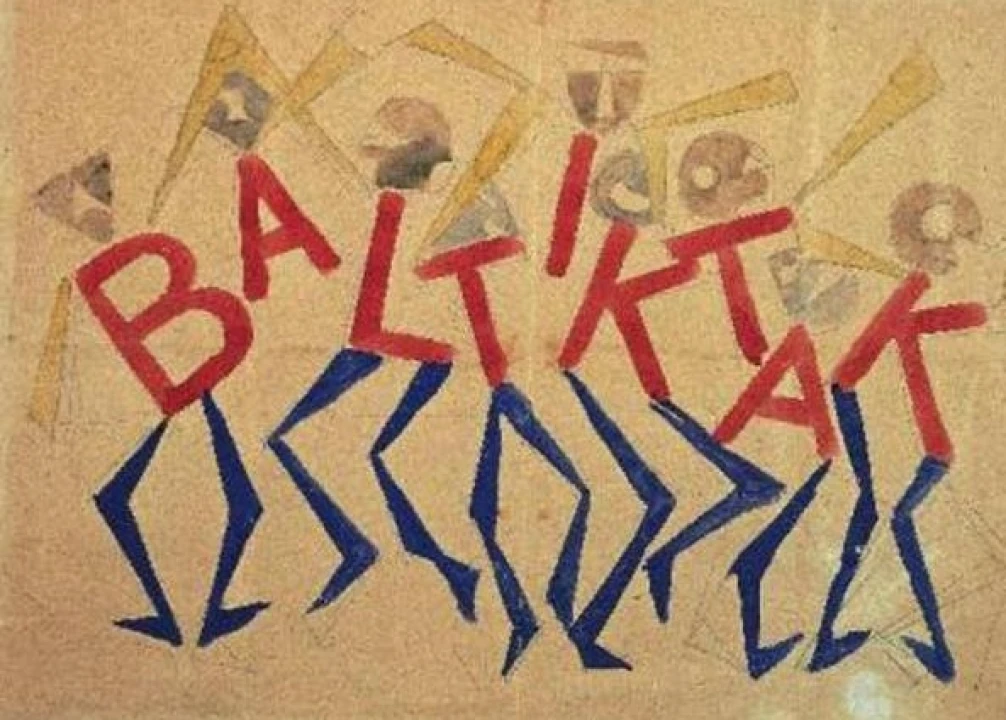“One day, around the summer of 1921, Vinicio Paladini came to propose to Balla, a completely futuristic decoration work: it was a matter of decorating a night club in Via Milano in Rome". With these words Elica Balla described the genesis of Bal Tic Tac, the first futurist cabaret inaugurated by Filippo Tommaso Marinetti, and whose wall paintings were made by one of the greatest exponents of the Italian avant-garde movement, Giacomo Balla, for 4,000 lire.
It was believed that Balla's paintings had been lost: the rooms on the first floor of the present Villa Huffer, where the ballroom was, in fact, underwent numerous renovations during the twentieth century. The paintings on the ground floor, on the other hand, have been partially saved, covered and hidden by false ceilings and wallpaper, by boiseries and successive layers of painting: the result of the different uses that have been made of the spaces over the following decades. The presence of the cabaret in the 1920s led the Bank of Italy's technicians to undertake a verification activity with the intervention of the Soprintendenza Speciale di Roma led by Francesco Prosperetti. "The fact that this decoration by Giacomo Balla could have withstood the time and all the transformations of these rooms was miraculous," said Prosperetti, "Talking about the Bal Tic Tac means talking about a storm that is unleashed in this city, where modernity enters in a disruptive way. It's great to discover a century later a cutting-edge Rome.”
The paintings found today - in which the shades of red, blue and yellow dominate - correspond to what was supposed to be the entrance to the room, on the ground floor. In the mezzanine was instead the actual ballroom, the one that, according to the documents (preparatory drawings now in museums or dispersed in international auctions, rare photos, chronicles of the time), Balla decorated with figures of dancers on prevalent blue-green tones. Figures composed solely of synthetic lines that outlined the contours with a continuous line. Famous, and still missing today, is also the luminous sign, seized on the first evening by the Fire Brigade, who saw in that eccentric luminescent writing an outrage to the decoration of the still young Capital of Italy. All capital letters made up the name of the restaurant, each one formed by a stylized dancer with zigzag legs and arms raised up, as you can see in a long sketch kept in the Balla archive.
In relation to the discovery of the paintings of the Bal Tic Tac, it has also been announced the securing of the plant of Casa Balla in Rome, the apartment in Via Oslavia 39, in the Prati district, where the Futurist painter lived from the late twenties to his death, in 1958. It is a unique place, extraordinarily decorated too - corridor, rooms, study, terrace - for a long time inaccessible because of bitter disputes between the heirs (the only two daughters of the painter, Luce and Elica, had no children). It will now be restored with a loan from the Bank of Italy and in the future open to the public, provided that a final agreement is reached with the descendants of the painter.




